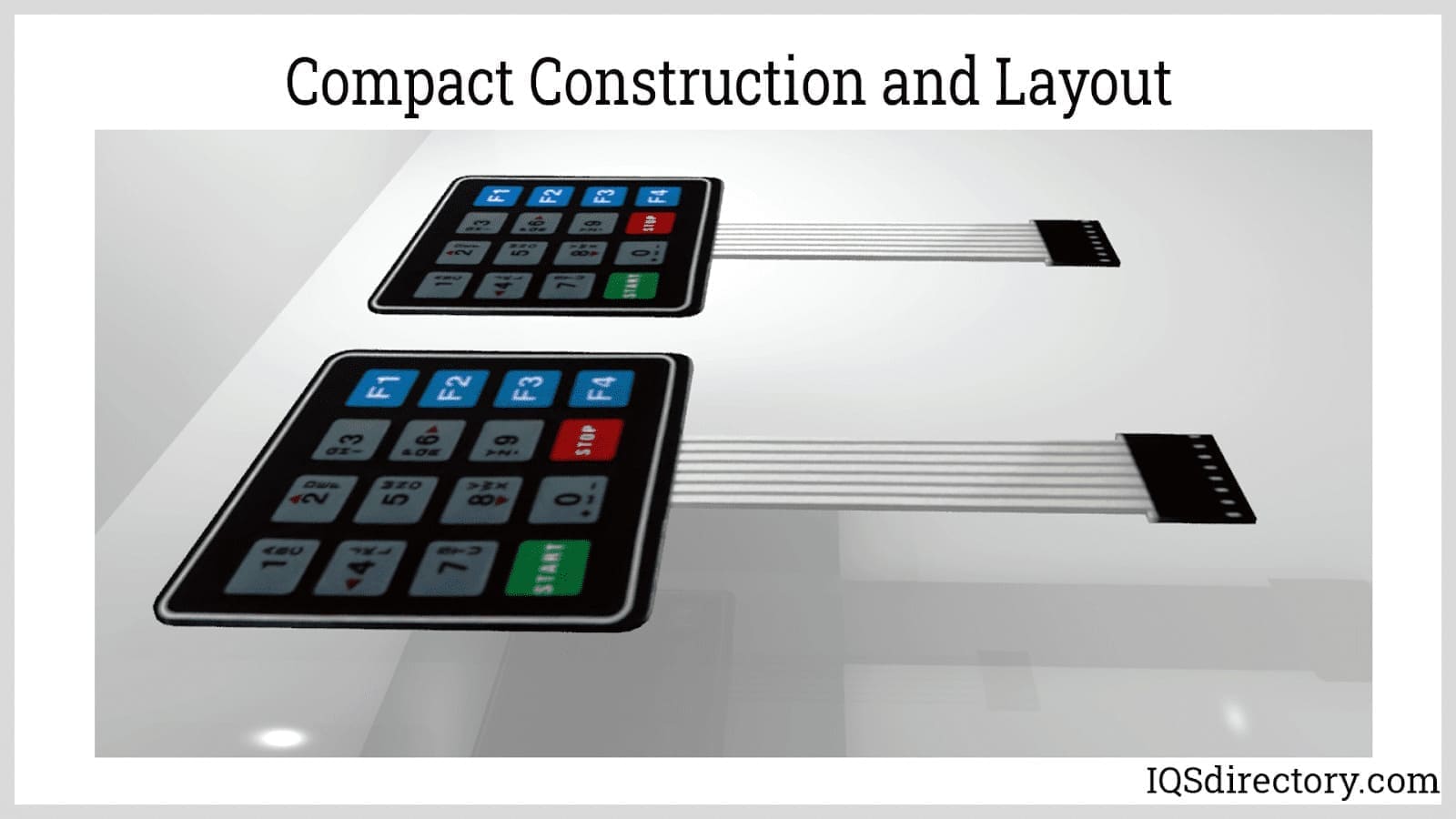Explore Various Kinds Of Membrane Switch Technologies for Your Demands
Explore Various Kinds Of Membrane Switch Technologies for Your Demands
Blog Article
Comprehending the Functionality of Membrane Layer Switches Over for User Interface Tools
The performance of membrane layer switches represents a significant advancement in customer interface layout, combining effectiveness with visual adaptability. As industries significantly prioritize customer experience, understanding the nuances of membrane layer button technology becomes vital.
What Are Membrane Layer Buttons?
Membrane switches are ingenious user interface tools that facilitate customer communication with electronic devices. These flexible elements consist of multiple layers, consisting of a visuals overlay, spacer, and a printed circuit layer. The design allows for a smooth integration into numerous digital tools, boosting both the aesthetic and practical elements of interface.
Membrane layer buttons are frequently utilized in a large range of applications, from household appliances to commercial equipment and medical gadgets. Their construction usually features a thin profile, making them a perfect option for compact layouts. The responsive feedback given by these switches can be crafted to satisfy particular user choices, ensuring effective communication between the user and the device.
Sturdiness is one more significant advantage of membrane switches, as they are immune to dust, dampness, and chemicals, which boosts their life-span in demanding atmospheres. Additionally, these buttons can be customized in regards to form, size, and visuals layout, enabling branding and user-specific features. In general, membrane switches represent a functional solution for improving customer experience in electronic devices, incorporating functionality with visual appeal in a reliable fashion.
How Membrane Layer Switches Over Work
Operating on a straightforward principle, membrane switches over utilize a split building to sign up individual input efficiently. Each button contains several layers, including a published circuit layer, a spacer layer, and a top visuals layer, which are created to work with each other effortlessly. When a customer presses the leading layer, it compresses the spacer layer, bringing the conductive components of the circuit layer into contact with each various other.
This contact develops a closed circuit, signifying the gadget to implement a certain function. The design enables for different configurations, including tactile comments, which can boost the user experience by offering a physical feeling upon activation. The materials used in membrane switches frequently consist of versatile substrates, such as polyester or polycarbonate, which guarantee durability and durability against deterioration.

Key Advantages of Membrane Switches

An additional substantial benefit is useful source their compactness. Membrane layer buttons are thin and light-weight, which allows producers to conserve room in their gadgets without sacrificing capability. This attribute is specifically valuable in applications where weight and volume are crucial factors to consider.
Furthermore, membrane switches are resistant to dust, moisture, and chemicals, enhancing their resilience. This resilience expands their lifespan and decreases the need for constant substitutes, resulting in expense savings with time.
Furthermore, the tactile responses provided by membrane layer switches can be optimized to improve individual communication. They can include attributes such as raised buttons or distinct clicks, boosting usability and customer experience.
Applications Throughout Industries
Customer user interface gadgets using membrane buttons prevail in a broad array of markets, showcasing their flexibility and functionality. Membrane Switch. In the clinical sector, membrane buttons are integral to gadgets such as diagnostic devices and individual tracking systems, where their sturdiness and convenience of cleansing are critical for preserving health criteria. In a similar way, in the automobile market, these switches are used in dashboard controls and infotainment systems, giving a smooth and modern-day interface for customers.
In addition, the consumer electronics industry benefits from membrane layer buttons in home appliances and portable tools, where compact style and easy to use user interfaces boost customer experience. Industrial applications additionally take advantage of membrane changes for control board in machinery find out and automation systems, emphasizing their toughness and resistance to harsh atmospheres.
In the aerospace and defense industries, membrane switches are utilized in cabin controls and tools, where reliability and efficiency under extreme problems are vital. In addition, the gaming industry progressively incorporates membrane buttons in controllers and arcade machines, adding to an interesting customer experience. In general, the convenience of membrane layer switches over enables their extensive usage throughout countless industries, underscoring their value in contemporary individual interface style.
Future Fads in Membrane Switch Modern Technology

Furthermore, the use of innovative products, such as polycarbonate and polyester films, check my reference is expected to rise, offering enhanced sturdiness and resistance to environmental stress factors. These products add to the total longevity of membrane buttons, making them suitable for harsher commercial applications.
Furthermore, the unification of wise modern technology, consisting of IoT connectivity, will certainly make it possible for membrane layer buttons to interact with various other tools and systems, assisting in a much more interactive individual experience. This pattern lines up with the expanding demand for wise devices across different markets, from health care to customer electronics.
Lastly, modification alternatives are expected to expand, allowing suppliers to produce bespoke remedies tailored to specific user requirements and choices. These advancements will position membrane layer buttons as crucial elements in the advancement of individual interface modern technology.
Verdict
Finally, membrane changes represent an essential advancement in interface modern technology, using a reliable and versatile solution for diverse electronic applications. Their split building and construction facilitates portable layout, while functions such as tactile feedback improve user interaction. The longevity against environmental factors even more strengthens their utility throughout several industries. As innovations in product science and touch sensing technologies proceed, the capability and applicability of membrane layer switches are anticipated to broaden, strengthening their significance in modern-day digital devices.
Report this page